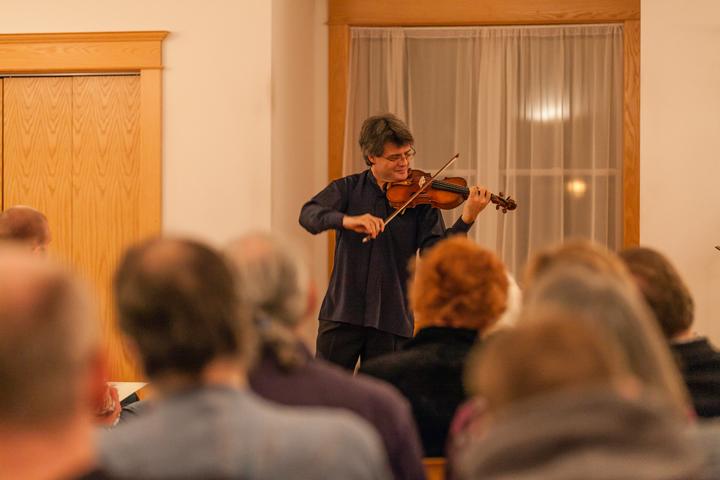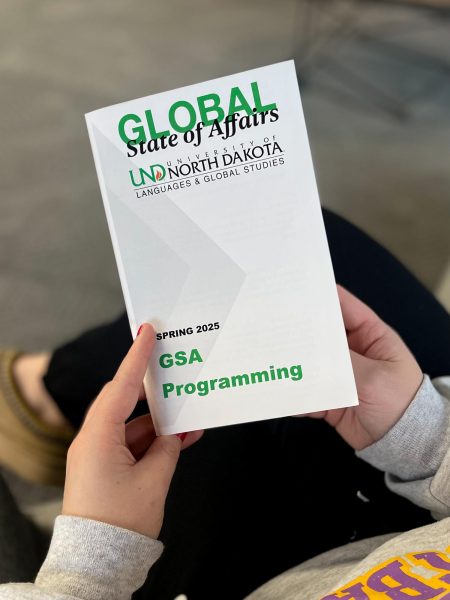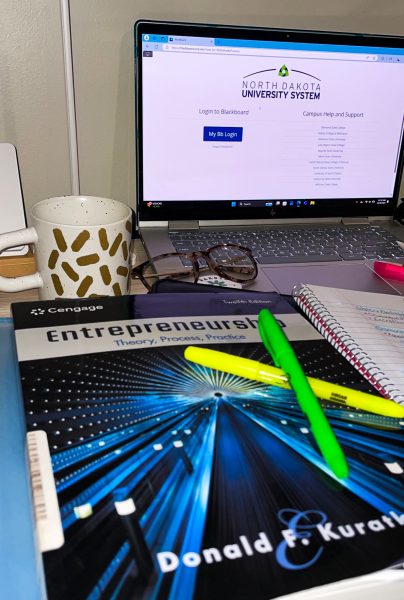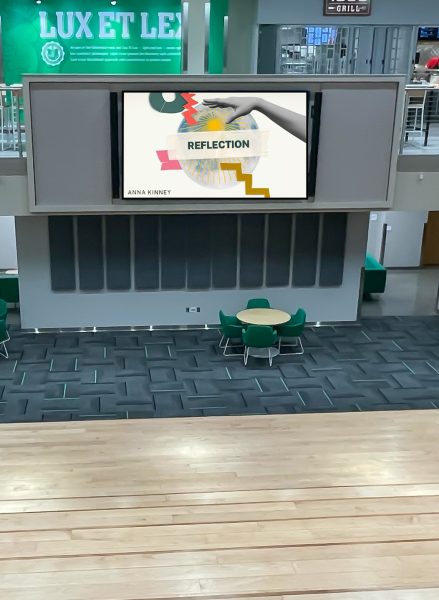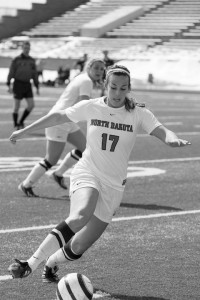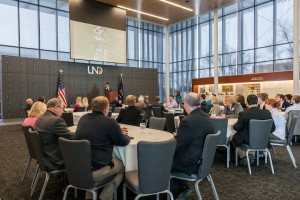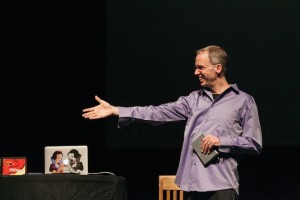Music For Meditation
Alejandro Drago rocks the Lotus Meditation Center, softly.
Alejandro Drago performs at the Lotus Meditation Center Friday evening. Photo by Keisuke Yoshimura/The Dakota Student.
In a small and intimate meditation room, about fifty individuals sat in their socks or booties covering their shoes watching a solo performance of six classical violin pieces in silence. On Friday night, the Lotus Meditation Center presented Alejandro Drago in “Music for Meditation.” The event allowed friends of Drago, faculty and enthusiasts to sit up close to watch him showcase the power and versatility of the violin.
“Music for Meditation is a series that had occurred a few years ago with the former director of the strings program, and we are reviving it. We hope to offer two concerts a year in our space. It’s a beautiful space acoustically,” said Kristen Borysewicz, a librarian at the Chester Fritz Library.
The Lotus Meditation Center was founded by former UND professor of music, Tamar Read, and so these events marry her two loves — meditation and fine music.
Music as meditation
Borysewicz understands how music presents itself as a form of meditation.
“You have to be open to the present moment — you can’t be distracted. It’s a way to break from the day to day pressures, the day to day stress and just pay attention to what’s going on right in front of you,” she said. “And insight meditation is quite similar. You sit silently and pay attention to what’s going on, the sounds around you, what you are feeling, and you just notice what is happening in each moment.”
Drago doesn’t call the experience meditation, but is aware of the functions of the brain and its relationship to music.
“From my perspective, music is state of high functioning of the human mind,” he said. “Music is a high level of syntaxes and semantics beyond language. Wherever you look, every spiritual or religious tradition has it’s own corpus of music tradition … that is associated through its meaning or intention with the elevated states of mind and spirit sought through discipline.”
Performances at UND
Drago acknowledged the large number of performances put on by the school and sees the interest from the student body.
“Every time we manage to reach to our students, we had wonderful responses,” Drago said. “Now, is there enough publicity? I would say no, and I wouldn’t blame anybody. We lack the marketing we should have in order for the UND community to make the most out of our efforts.”
Borysewicz thinks there is a growing music appreciation and mentioned the opportunity the university has in terms of musical quality.
“I think that fact that UND has been growing their music program and obtaining world- renowned performers as professors is a gift that we should all take advantage of,” she said. “We would all have to go to St. Paul or Minneapolis to hear such accomplished musicians — and they’re all right here in our community.”
Borysewicz sees the community, faculty and staff use the center but would love to see more students as well.
“Students lead a very stressful, hectic and plugged-in life. Taking out some time to calm and center yourself is really helpful, and then you can go back to work feeling refreshed and energized,” she said. “The Lotus Meditation Center wouldn’t exist if it wasn’t for one person’s dream. To celebrate that by being here as a community is really special.”
Paula Kaledzi is a staff writer for The Dakota Student. She can be reached at [email protected].


